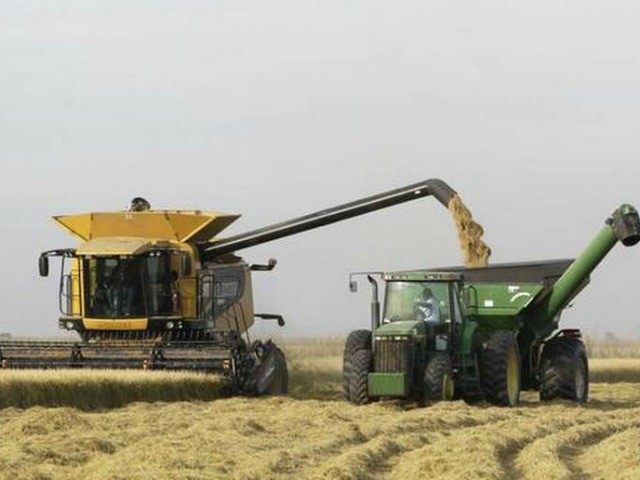Rapid advances in Artificial Intelligence, Robotics, and the Internet of Things are making the agriculture sector the “Next Big Thing” in Silicon Valley.
Although the farm dominant Mid-West only accounted for 1.4 percent of the venture capital deals in the second quarter of 2017 and only 0.3 percent of the deal value, according to Pitchbook, major agribusiness companies are beginning to spend big bucks buying tech start-ups and funding research and development shops in Silicon Valley.
Monsanto started the Silicon Valley ag-boom when it paid $930 million in late 2013 to buy San Francisco-based Climate Corporation that uses analytics and the Internet of Things to calculate crop insurance risk profiles in 100 milliseconds, and then names a price, and insurance acts as the policy underwriter. In the last year, John Deere paid $305 million to buy Sunnyvale-based robotics experts Blue River Technology and DuPont spent $300 million to buy San Francisco-based agricultural analytics software firm Granular, Inc.
Farmers were the original American entrepreneurs because they disruptively traveled thousands of miles to frontier regions to apply technology in search of wealth and fame.
The U.S. farm workforce at the end of the U.S. Revolutionary War in 1780 was 3.5 million, or 90 percent of the nation’s population. The number of American farmers peaked in 1917 at 32.1 million, or 31 percent of nation’s labor force, and has relentlessly declined to only 6 million members of farm and ranch families, or 2 percent of the U.S. population.
The key to shrinking America’s farm workforce has been the use of technology that allows each farmer on America’s 2.1 million farms to feed 165 people. As a result, the industry feeds America and still generates $135.5 billion of exports, about one-third of production.
Agriculture is only the 19th largest industry in America, with an average of about $400 billion in revenue for each of the last three years. The industry’s expected net revenue is expected to hit $63.4 billion this year, or a 15.5 percent return on revenue. In 2013, net revenue was $123 billion, or a stunning 30 percent return on revenue.
Those rich net revenue ratios are far above what venture capital and private equity funds can generate by investing in mature U.S. industries. The key to maintaining agriculture’s net revenue percentage has been productivity increases from new seeds, advanced machinery, and analytic farming techniques. For example, the pounds of feed a dairy cow needs to eat to produce 100 pounds of milk has fallen by 40 percent in the 40 years.
With 257,454 millennial farmers, about 20 percent of all full-time farmers, the tech-savvy generation is looking to engage in scientific farming that will include the drastically better use of energy and water, leveraging themselves with drone equipment; and selling directly to local consumers to grab back a big percentage of agriculture’s net revenue losses.
The AgTech Investing Report for 2015 stated that ag-tech and food start-ups were $2.36 billion in 2014; spiked to $4.6 billion on 499 deals in 2015, and then reached 580 deals on $3.2 billion in 2016. The hottest ag sectors were food e-commerce; precision agriculture and irrigation; and water technology.

COMMENTS
Please let us know if you're having issues with commenting.